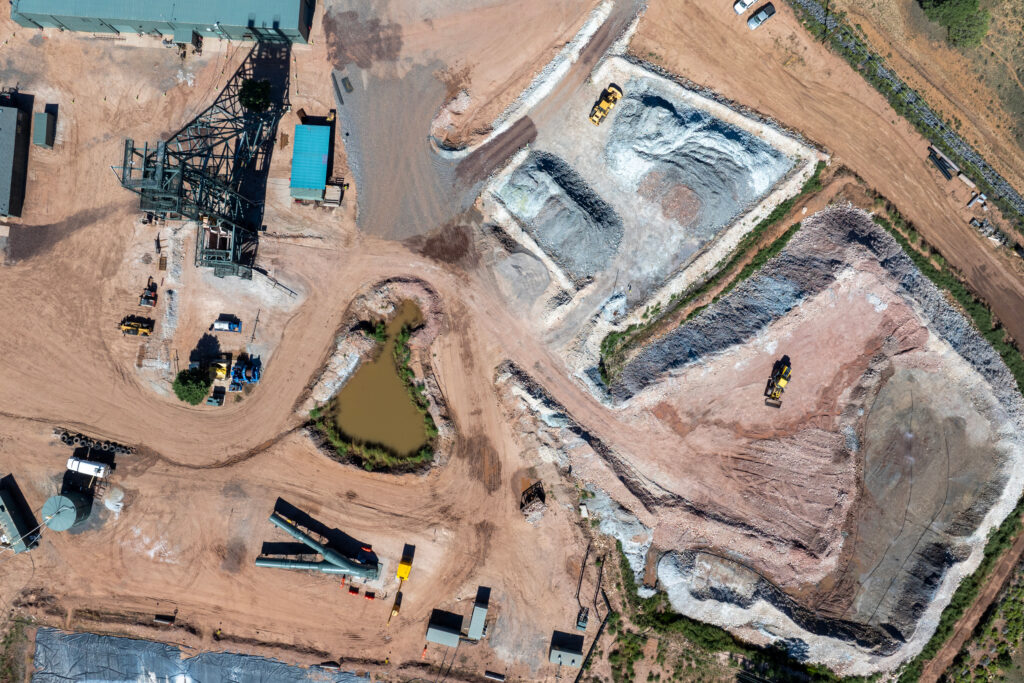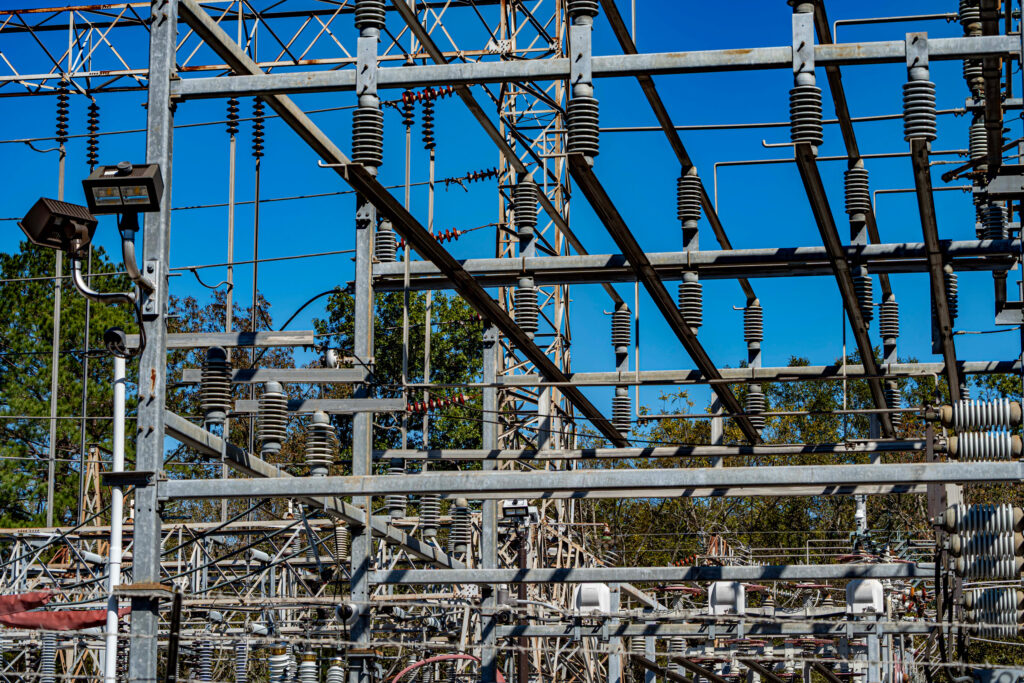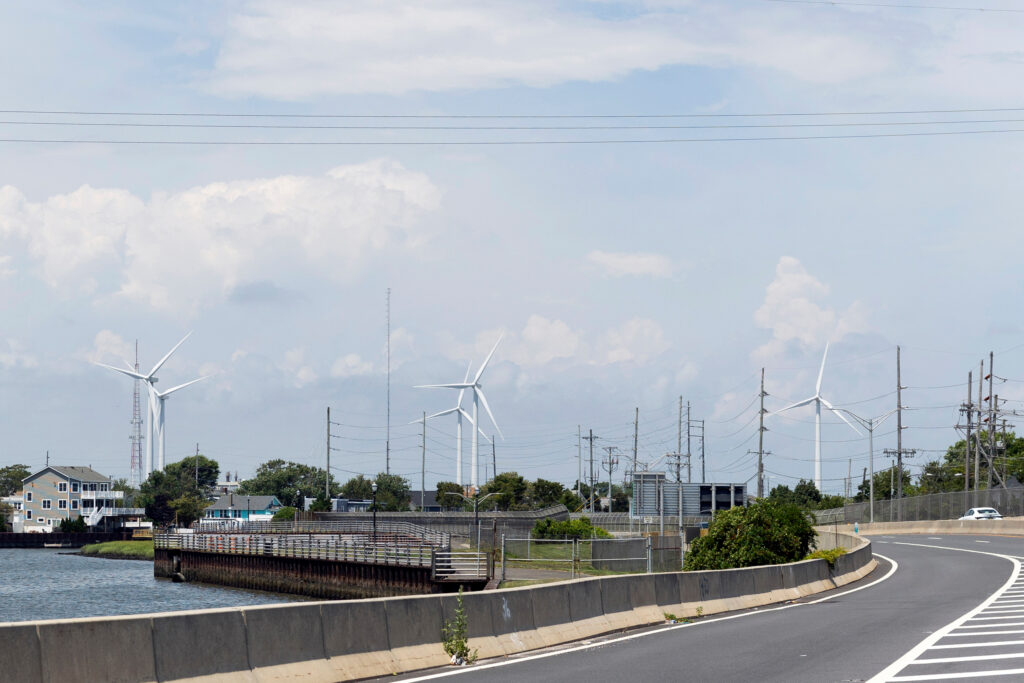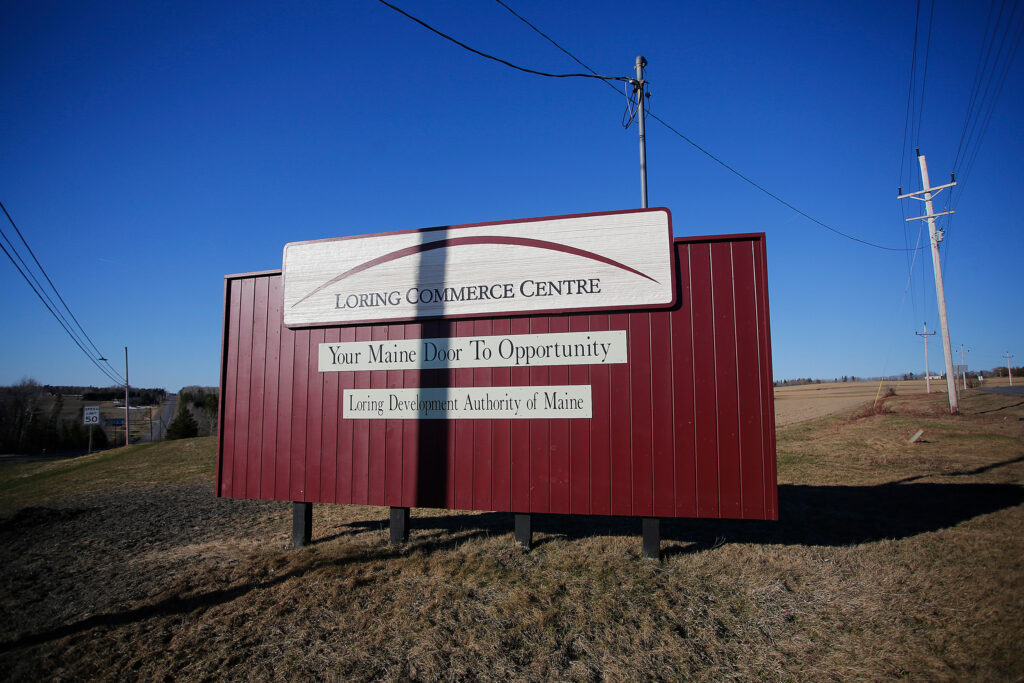The Trump Administration added 10 new minerals on Friday to a list of the federal government’s most desired mining commodities, including copper, uranium and metallurgical coal.
The list of critical minerals now includes 60 elements and compounds, up from 35 in 2018, when it was first released. The minerals are designated as essential for advanced manufacturing but primarily sourced from foreign markets. Inclusion on the list brings U.S. government funding priorities and expands companies’ eligibility for incentive programs or expedited environmental reviews to encourage production.
In a press release Friday, Interior Secretary Doug Burgum said the updated list provides a “roadmap to reduce our dependence on foreign adversaries, expand domestic production and unleash American innovation.”
“We are ensuring that the minerals powering our energy, defense, and technology supply chains are mined and processed in the United States, which is becoming a mineral powerhouse once again,” he said.
Presently, the U.S. produces almost none of the metals and metalloids required for modern technologies from microchips and circuit boards to solar panels and electric vehicles. Federal authorities now want to change that as quickly as possible.
This year, Trump ordered streamlined permitting, designated certain mining projects for fast-tracked review, opened million of acres of public land to coal mining and rescinded a ban on mining in undeveloped areas of national forests, drawing protests from environmental groups.
“The Trump administration is gutting the policies that give the U.S. stronger environmental, community engagement, and labor standards compared to other countries,” said Jordan Brinn, a clean energy policy advocate at the Natural Resources Defense Council, who has published research on U.S. mineral mining. “We can have domestic mining in this nation, but it needs to be done the right way.”
Many new technologies can reduce the environmental and health impacts of mines, she said, but only if their use is required and enforced by a regulator.
Industry advocates, who have hailed Trump’s executive actions, say tedious permitting processes, rigorous pollution standards, a dysfunctional bureaucracy and lengthy public comment periods make it difficult to start a mine in the U.S., pushing projects overseas and fueling the country’s reliance on foreign producers.
Texas-based Uranium Energy Corp., in a statement on Friday, said the designation of uranium as a critical mineral “marks a major step toward revitalizing U.S. uranium mining and rebuilding America’s nuclear fuel supply chain.”
Multiple presidential administrations have pushed to re-establish domestic mining of uranium, which is enriched to make fuel for nuclear reactors, and reduce reliance on foreign suppliers. The Trump Administration has designated several uranium projects for fast-tracked approval this year.
Uranium mines are already beginning to flicker to life across the country, along with a few other mineral operations. But any significant growth in overall U.S. mining production is still years, or even a decade, away, said Marek Locmelis, an associate professor at the University of Texas’ Bureau of Economic Geology who organizes an annual conference on critical minerals. And, he said, plenty of uncertainty remains about specific government policies intended to cut red tape and speed up development.
While executive orders and mineral lists provide guidelines for policy, legislation is required to actually establish an updated process for mine permitting in the U.S., or a comprehensive framework for financial backing from the government, Locmelis said.
He said the additions to the list send a signal of U.S. intention to bring back domestic mining, but that signs of success will come when the list stops growing. Once supply of a mineral is developed, the mineral leaves the list.
“Half the periodic table is in one way or another covered by the critical minerals list,” he said. “Are we actually starting to reduce the number of elements we have on there? That, of course, is the goal.”
Other newly designated critical minerals announced Friday included boron, a component of fiberglass; phosphate and potash, used for farm fertilizer; lead, used in batteries and metallurgy; rhenium, used to make jet turbine blades; silicon, a semiconductor in microchips; and silver, used for photovoltaic cells in solar panels.
About This Story
Perhaps you noticed: This story, like all the news we publish, is free to read. That’s because Inside Climate News is a 501c3 nonprofit organization. We do not charge a subscription fee, lock our news behind a paywall, or clutter our website with ads. We make our news on climate and the environment freely available to you and anyone who wants it.
That’s not all. We also share our news for free with scores of other media organizations around the country. Many of them can’t afford to do environmental journalism of their own. We’ve built bureaus from coast to coast to report local stories, collaborate with local newsrooms and co-publish articles so that this vital work is shared as widely as possible.
Two of us launched ICN in 2007. Six years later we earned a Pulitzer Prize for National Reporting, and now we run the oldest and largest dedicated climate newsroom in the nation. We tell the story in all its complexity. We hold polluters accountable. We expose environmental injustice. We debunk misinformation. We scrutinize solutions and inspire action.
Donations from readers like you fund every aspect of what we do. If you don’t already, will you support our ongoing work, our reporting on the biggest crisis facing our planet, and help us reach even more readers in more places?
Please take a moment to make a tax-deductible donation. Every one of them makes a difference.
Thank you,


















